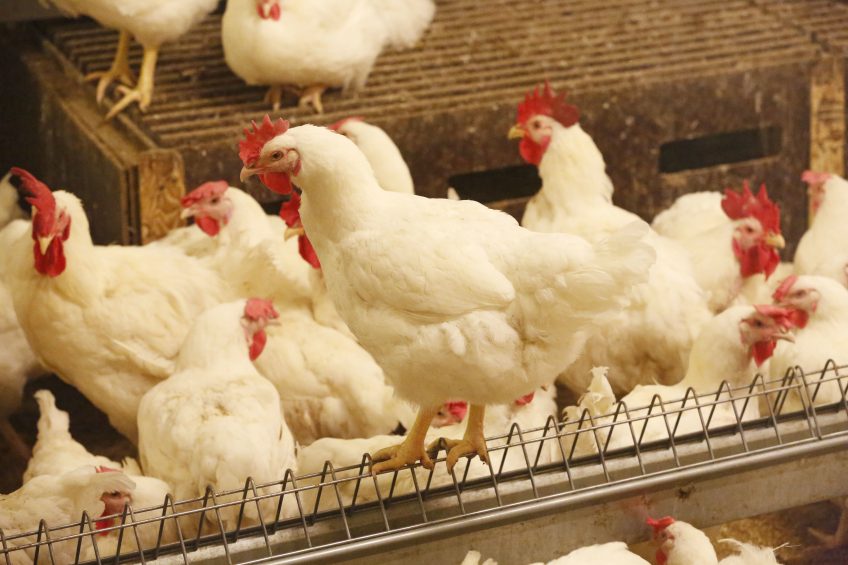Strengthening broiler legs through nutrition and management

Tremendous progress has been made by geneticists over the last 50 years in increasing the growth rate of broiler chickens. This has brought many benefits, including helping to make chicken the most affordable meat in many parts of the world, and contributing to global food security. However, the rapid growth has been linked to leg weakness as well as the culling and downgrading of lame birds.
The mineral silica has long been associated with bone calcification, and deficiencies with skeletal weakness. Researchers at Nottingham Trent University recently set out to examine the effects of feeding a bioavailable silica supplement (1,000ppm) on the strength of the main leg tendon and bones (femur and tibia), and any relationship between bone and tendon strength.
Alexandra Desbruslais reported that the supplement led to significant increases in the breaking strength of both leg bones in the 21-day-old birds, but that the strength of the tendon was hardly affected.
Increasing bird activity
As well as dietary treatments, a number of researchers have investigated the provision of various environmental enrichments in the broiler house as a means to increase bird activity and reduce the consequences of lameness and leg weakness.
Chickens’ natural behaviour is to perch at night to avoid predators, but modern fast-growing broilers prefer platforms to traditional perches.
Looking into the welfare aspects of these platforms, scientists at Queen’s University in Belfast allocated broilers to 1 of 3 treatments, comprising platform perches – with or without peat-filled dust baths – and a control with neither environmental enrichment.
Video recordings revealed that the platforms were well used by the birds, but Dr Carley Bailie reported this did not translate into improvements in leg health. The only significant difference observed in the trial was in the severity of footpad dermatitis, which was worst in the birds with the platforms, and mildest in the controls, with the platform-plus-dust bath treatment intermediate.
*This report is from the recent UK branch of the World Poultry Science Association’s Spring Conference













